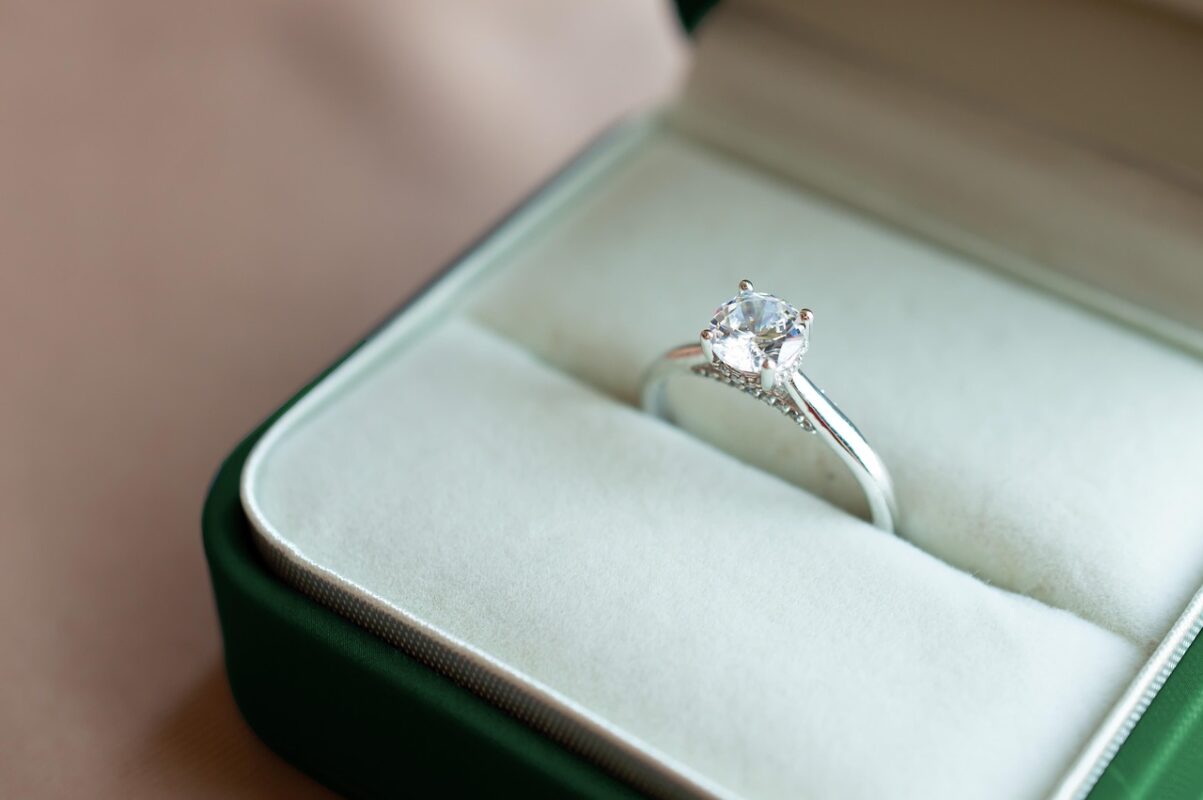Unlocking the Mystique: Professional Guide to Stunning Black Opal Rings
Black opal rings represent one of nature’s most breathtaking achievements, combining deep, dark body tones with a spectacular play-of-color that captivates the eye. As a gemologist with over two decades of experience in the jewelry industry, I have curated this definitive guide to help you understand the unique qualities, value factors, and care requirements of these remarkable gemstones.
Understanding Black Opal: A Gemological Perspective
True black opal is distinguished by its dark body color, which can range from dark gray to jet black. This dark background acts as a canvas, making the vibrant flashes of color—known as play-of-color—appear even more intense and brilliant compared to lighter opals. The most prized black opals originate from Lightning Ridge in Australia, renowned for producing stones with exceptional color saturation and patterns.
Key Specifications for the Discerning Buyer
When evaluating a black opal ring, several critical factors determine its beauty, quality, and value.
Primary Quality Factors:
Body Tone: Measured on the N1 to N9 scale, with N1 being the darkest and most valuable.
Play-of-Color: The array and intensity of spectral colors displayed.
Pattern: Unique designs within the stone, such as harlequin, pinfire, or flag.
Brightness: The vibrancy and strength of the color display.
Shape & Cut: The craftsmanship that maximizes the opal’s visual appeal.
Carat Weight: The size of the opal, with larger, high-quality stones being exceptionally rare.
Origin: Lightning Ridge, Australia, is the premier source for top-quality black opals.
Detailed Product Specification Table
| Feature | Specification | Importance |
| :— | :— | :— |
| Species | Precious Black Opal | Defines the gemstone category; only precious opal exhibits play-of-color. |
| Typical Origin | Lightning Ridge, Australia | The origin is a key indicator of potential quality and value. |
| Hardness (Mohs Scale) | 5.5 – 6.5 | Softer than many gemstones, requiring protective settings and careful wear. |
| Stability | Contains 3-10% water; sensitive to sudden temperature changes and dry conditions. | Informs long-term care and storage practices to prevent “crazing” (fine cracks). |
| Common Treatments | Often doublets or triplets for stability; solid stones are premium. | Affects durability, care, and price. Solid stones are the most valuable. |
| Ideal Setting | Bezel or semi-bezel in rings; protective halo designs. | Protects the opal’s edges from knocks and impacts during daily wear. |
Caring for Your Investment
A black opal ring is a significant acquisition that demands specific care to preserve its beauty for generations.
Avoid Harsh Chemicals: Remove your ring before using household cleaners, swimming in chlorinated pools, or applying lotions and perfumes.
Protect from Impact: Due to its moderate hardness, an opal can be chipped or scratched. It is advisable to remove the ring during physical activities.
Proper Storage: Store the ring in a soft cloth pouch away from other jewelry to prevent scratches. Consider a humidified environment to prevent dehydration.
* Gentle Cleaning: Use only a soft, damp cloth to wipe the stone clean. Avoid ultrasonic cleaners, steamers, and harsh detergents.
Frequently Asked Questions
Q: What exactly makes a black opal so valuable?
A: The value is determined by a combination of its dark body tone (N1 to N4 are most desirable), the brilliance and variety of its play-of-color, the rarity of its pattern (like harlequin), its cut, size, and overall brightness. A perfect combination of these factors in a solid stone from a renowned locality like Lightning Ridge commands the highest prices.
Q: Are black opal rings suitable for everyday wear?
A: While stunning, black opals are not as hard as diamonds or sapphires. With a hardness of 5.5 to 6.5, they are susceptible to scratches and chips. For everyday wear, it is crucial to choose a ring with a protective setting, such as a bezel, and to be conscientious about removing it during manual tasks or vigorous activities to ensure its longevity.
Q: How can I tell if a black opal is natural or treated?
A: Reputable jewelers will always disclose this information. A solid natural opal is a single piece of gem material. Doublets have a thin slice of opal glued to a dark backing, and triplets have a clear quartz cap on top. Examining the stone from the side can sometimes reveal layers in doublets or triplets. For a definitive assessment, always request a certification from a recognized gemological laboratory, which verifies the stone’s natural origin and any treatments.









